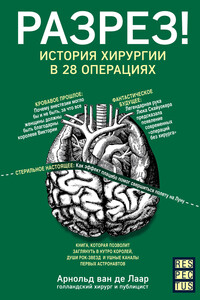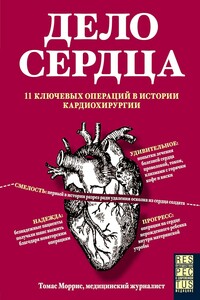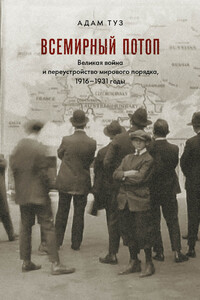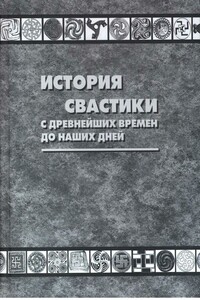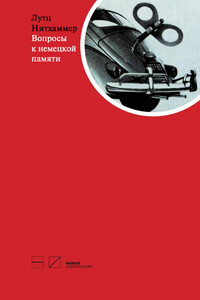63. Книга Эшби объясняет меньше, чем обещает ее название – Ashby, R. (1952), Design for a Brain (London: Chapman & Hall). Исследования гомеостата варьируются от полезных (e.g. Cariani, P., 2009, International Journal of General Systems 38:139–54) до невыносимо туманных (Dupuy, 2009).
64. Dupuy (2009); Boden (2006), vol. 1, pp. 222–32.
65. Ryle, G. (1949), The Concept of Mind (London: Hutchinson); Turing, A. (1950), Mind 59:433–60.
66. Turing (1950), p. 442.
67. Там же, p. 455.
68. MacKay, D. (1951), British Journal for the Philosophy of Science 2:105–21, p. 120.
69. Laslett, P. (ed.) (1950), The Physical Basis of Mind (Oxford: Blackwell); Young, J. (1951), Doubt and Certainty in Science: A Biologist’s Reflection on the Brain (Oxford: Clarendon).
70. Young (1951), pp. 50–51.
71. Sherrington, C. (1940), Man on his Nature (Cambridge: Cambridge University Press), p. 225.
72. Smith, R. (2001), Science in Context 14:511–39.
73. Sherrington (1940), p. 357.
74. McCulloch and Pitts (1943), p. 132.
10. Память. 1950-е годы – настоящее время
1. Eccles, J. and Feindel, F. (1978), Biographical Memoirs of Fellows of the Royal Society 24:473–513; Lewis, J. (1981), Something Hidden: A Biography of Wilder Penfield (Toronto: Doubleday).
2. Penfield, W. (1952), Archives of Neurology and Psychiatry 67:178–91, p. 178.
3. Lashley, K. (1950), Symposia of the Society for Experimental Biology 4:454–82; Bruce, D. (2001), Journal of the History of the Neurosciences 10:308–18.
4. Lashley (1950), pp. 477–8.
5. Penfield (1952), p. 185.
6. Там же, p. 196.
7. Penfield, W. (1954), in J. Delafresnaye (ed.), Brain Mechanisms and Consciousness (Oxford: Blackwell Scientific), pp. 284–304, p. 306.
8. Higgins, J., et al. (1956), Archives of Neurology and Psychiatry 76:399–419; Jacobs, J., et al. (2012), Journal of Cognitive Neuroscience 24:553–63.
9. Penfield, W. (1975), The Mystery of the Mind: A Critical Study of Consciousness and the Human Brain (Princeton: Princeton University Press), explains his change of view.
10. Penfield, W. and Boldrey, E. (1937), Brain 60:389–443.
11. Pogliano, C. (2012), Nuncius 27:141–62.
12. Penfield, W. and Rasmussen, T. (1950), The Cerebral Cortex of Man (New York: Macmillan).
13. Пенфилд описал гомункулуса в таламусе, хотя и признал, что «не претендует на детальную точность». Penfield, W. and Jasper, H. (1954), Epilepsy and the Functional Anatomy of the Human Brain (New York: Little, Brown), p. 159. Более поздний исследователь заметил о таламическом гомункулусе Пенфилда, что «любое научное значение этих проявлений трудно распознать». Schott, G. (1993), Journal of Neurology, Neurosurgery and Psychiatry 56:329–33, p. 331.
14. Hebb, D. (1949), The Organization of Behavior: A Neuropsychological Theory (London: Chapman & Hall); Brown, R. and Milner, P. (2003), Nature Reviews Neuroscience 4:1013–19.
15. Hebb (1949), p. xiii.
16. Цитаты и материалы взяты из того же источника, pp. 12, 62, 70, 76, 197, 166.
17. Corkin, S. (2013), Permanent Present Tense: The Man with No Memory, and What He Taught the World (London: Allen Lane); Dittrich, L. (2016), Patient H. M. – A Story of Memory, Madness, and Family Secrets (London: Chatto & Windus).
18. Scoville, W. and Milner, B. (1957), Journal of Neurology, Neurosurgery and Psychiatry 20:11–21, p. 11.
19. Milner, B., et al. (1968). Neuropsychologia 6:215–34, p. 217.
20. В 2018 году Милнер отпраздновала свое 100-летие; она продолжала работать и после 90 лет.
21. Scoville and Milner (1957).
22. Shepherd, G. (2010), Creating Modern Neuroscience: The Revolutionary 1950s (Oxford: Oxford University Press), p. 173. Я нашел эту превосходную книгу бесценной.
23. Dittrich (2016), p. 233.
24. Milner et al. (1968); Dittrich (2016).
25. Scoville and Milner (1957).
26. Annese, J., et al. (2014), Nature Communications 5:3122.
27. Dittrich (2016), p. 230.
28. Tolman, E. (1949), Psychological Review
